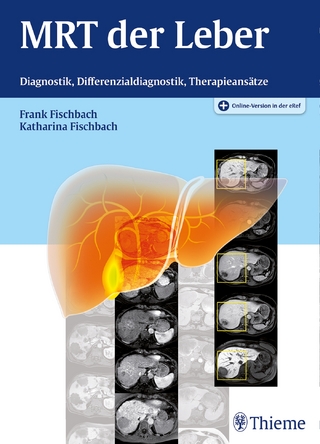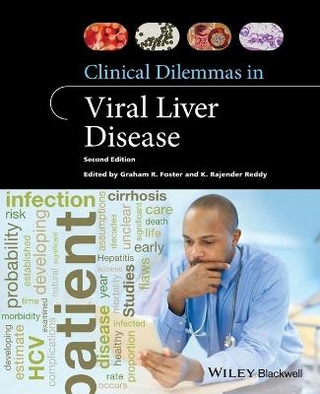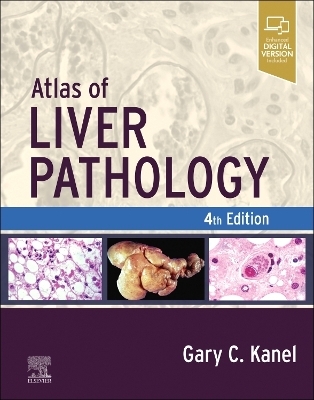
The Cytoplasm of Hepatocytes During Carcinogenesis
Springer-Verlag Berlin and Heidelberg GmbH & Co. K
978-3-540-04308-9 (ISBN)
- Titel ist leider vergriffen;
keine Neuauflage - Artikel merken
Used in the proper dose, these carcinogens lead within a few months to the formation of multicentric hepatomas in practically 100 Ufo of the experimental animals, and are therefore a very useful tool for studies of the cytogenesis of cancer (see BUCHNER, 1961; GRUND- MANN, 1961; GRUNDMANN and SIEBURG, 1962; OEHLERT and HARTJE, 1963; BAN- NASCH and MULLER, 1964). The liver parenchyma as such offers a very big technical advantage because it consists of a rather homogenous cell population.
A. Introduction.- B. Material and Methods.- I. Animal Experiments.- II. Techniques of Light Microscopy.- III. Techniques of Electron Microscopy.- C. Results.- I. The Precancerous Phase.- 1. The Acinuscentral Cytotoxic Pattern.- a) Light Microscopy.- b) Electron Microscopy.- 2. The Acinusperipheral Cytotoxic Pattern.- a) Light Microscopy.- b) Electron Microscopy.- II. The Transformation into Hepatomas.- a) Light Microscopy.- b) Electron Microscopy.- D. Discussion.- I. Dose-dependence and Significance of the Acinuscentral and the Acinusperipheral Cytotoxic Pattern.- 1. Acinuscentral Cytotoxic Pattern.- 2. Acinusperipheral Cytotoxic Pattern.- II. The Fate of the Individual Cytoplasmic Componente during Carcinogenesis.- 1. The Mitochondria.- 2. Glycogen.- 3. The Granular Endoplasmic Reticulum (Ergastoplasm).- 4. The Agranular Endoplasmic Reticulum.- III. The Transformation of Glycogen Storage Cells into Hepatoma Cells.- E. Summary.- References.
| Reihe/Serie | Recent Results in Cancer Research ; 19 |
|---|---|
| Übersetzer | Anneliese Schimpl |
| Verlagsort | Berlin |
| Sprache | englisch |
| Gewicht | 450 g |
| Themenwelt | Medizinische Fachgebiete ► Innere Medizin ► Hepatologie |
| Medizin / Pharmazie ► Medizinische Fachgebiete ► Onkologie | |
| Naturwissenschaften ► Biologie ► Zellbiologie | |
| ISBN-10 | 3-540-04308-X / 354004308X |
| ISBN-13 | 978-3-540-04308-9 / 9783540043089 |
| Zustand | Neuware |
| Haben Sie eine Frage zum Produkt? |
aus dem Bereich


